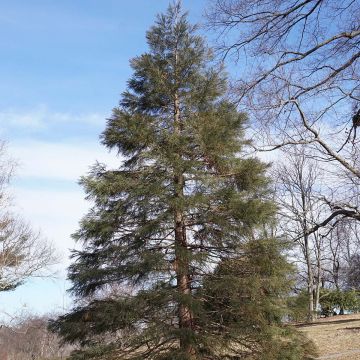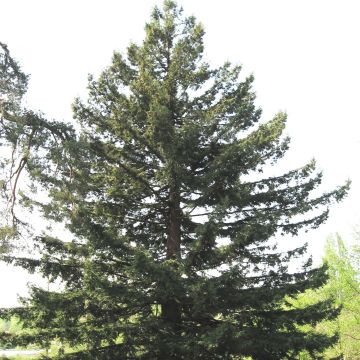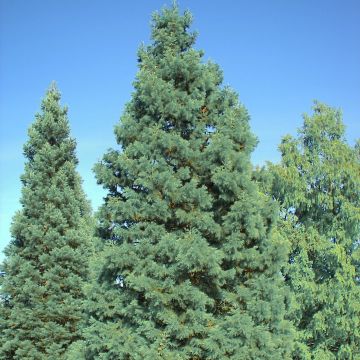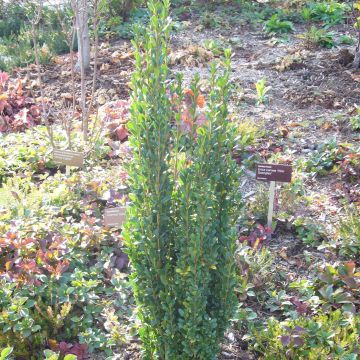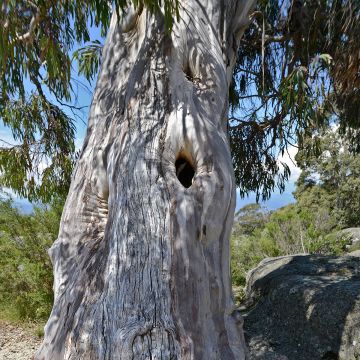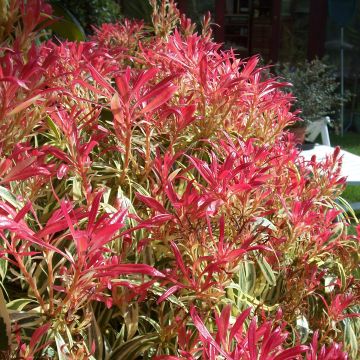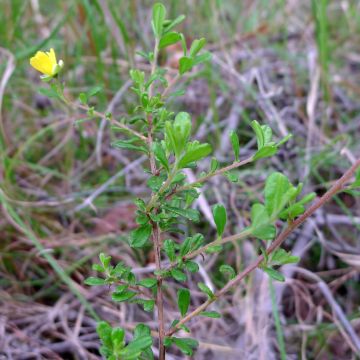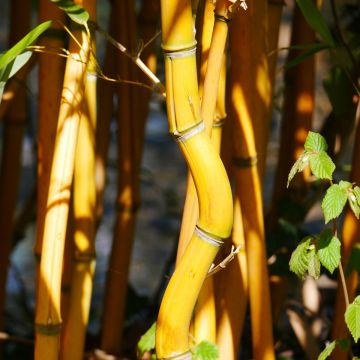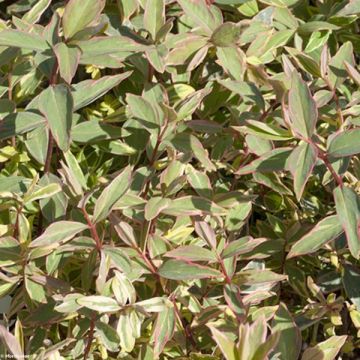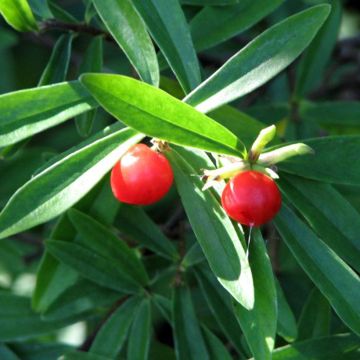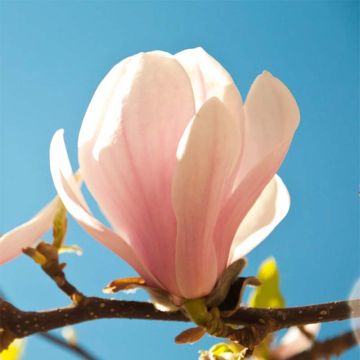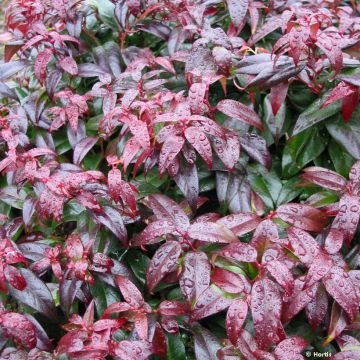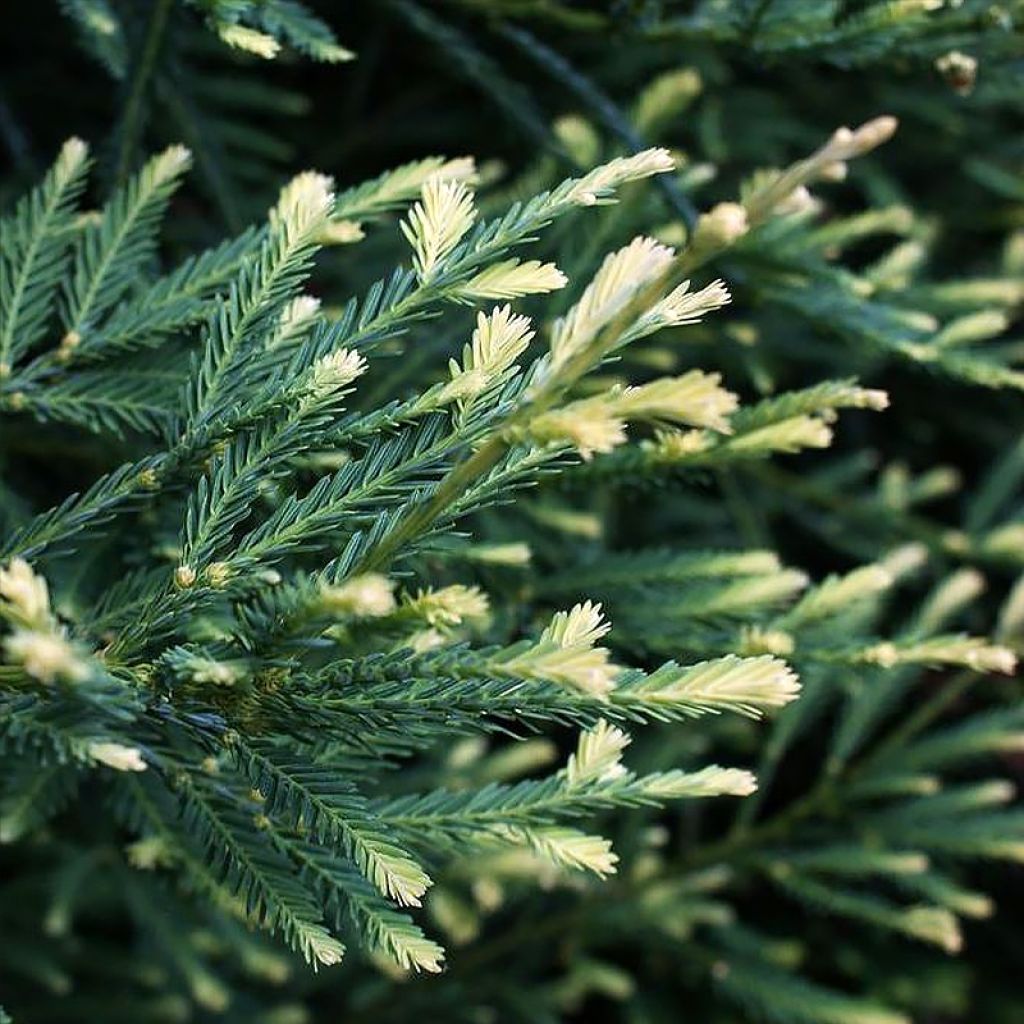

Sequoia sempervirens Adpressa
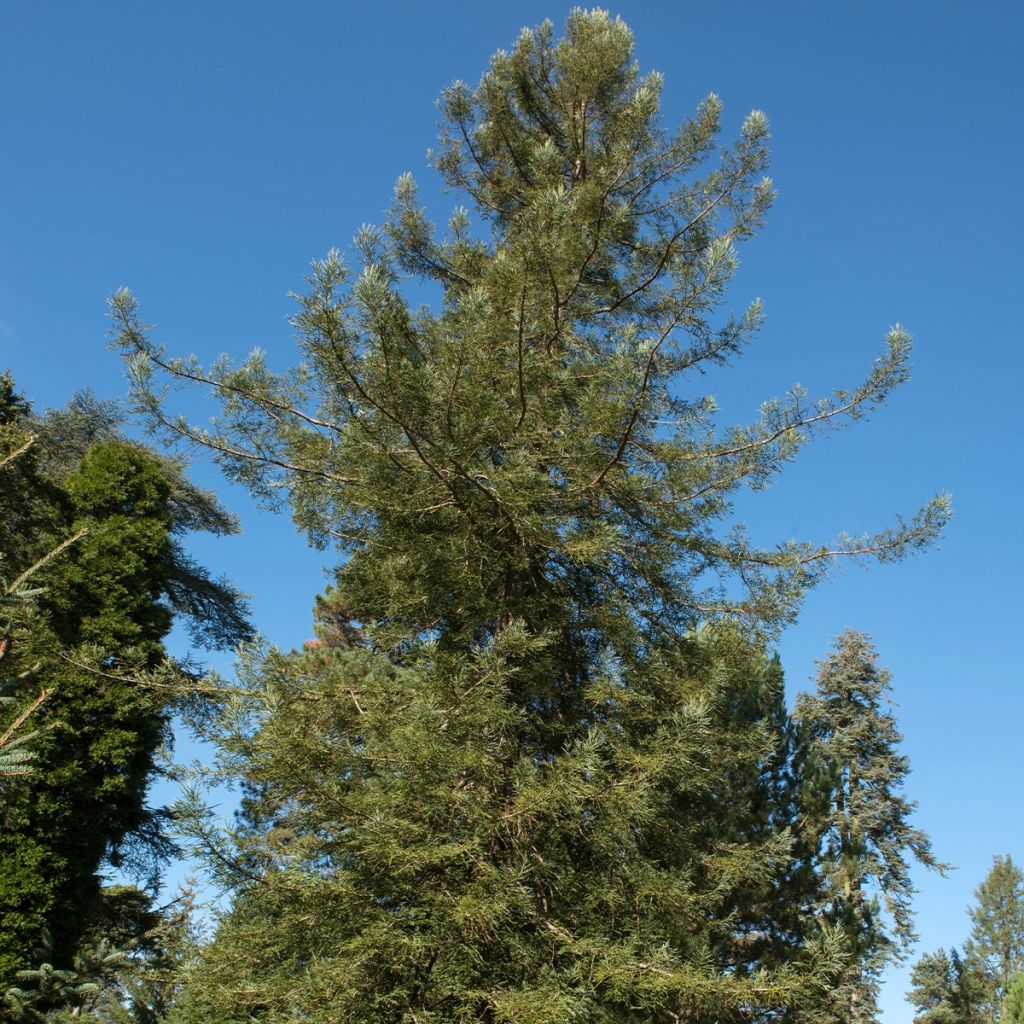

Sequoia sempervirens Adpressa
Sequoia sempervirens Adpressa
Sequoia sempervirens Adpressa
Coastal Redwood, California Redwood
This item cannot be shipped to the selected country
Delivery charge from €5.90
More information
Schedule delivery date,
and select date in basket
This plant carries a 24 months recovery warranty
More information
We guarantee the quality of our plants for a full growing cycle, and will replace at our expense any plant that fails to recover under normal climatic and planting conditions.
From €5.90 for pickup delivery and €6.90 for home delivery
Express home delivery from €8.90.
Does this plant fit my garden?
Set up your Plantfit profile →
Description
The Sequoia sempervirens Adpressa is a compact, bushy, highly decorative form of this giant conifer, well suited to small spaces. This needle-leaved sequoia produces very beautiful young shoots of cream colour in spring that illuminate its lovely green-blue foliage. The whole bush emits an extraordinary resinous fragrance, which adds to its charm. Resistant to the sun, it thrives in a cool, well-drained and somewhat acidic soil, and prefers a humid climate all year round, hot in summer, quite mild in winter.
The Sequoia sempervirens is a conifer from the family of taxodiaceae, a cousin of Yews, native to North America, more precisely from a narrow strip along the Pacific coast of the United States, from 0 to 900 m (1 to 2953ft) altitude. The most imposing subjects are those found in very rainy valleys, often drowned in fog. Fossils attest to the presence of sequoias in Europe before the great glaciers of the Quaternary. In natural environments, it will reach a height of 80 to 110 m (262 to 361ft) and a width of 10 to 15 m (33 to 49ft) under good conditions, and develop a fairly narrow and airy conical habit.
The 'Adpressa' needle-leaved sequoia has very slow growth, around 20 to 30 cm (8 to 12in) per year. At the age of 10, it will measure approximately 3 m (10ft) in height and 2 m (7ft) in width. Ultimately, this conifer can reach a height of about 6 m (20ft). It develops several very short trunks that support a wide, dense and bushy conical foliage. It has flat needle-like leaves, green-blue in colour, horizontally carried on lateral twigs inserted themselves on the main branches. The remarkable young spring shoots are cream in colour. This plant is monoecious, meaning that there are male and female subjects. When the female cones are pollinated, they take on an ovoid shape, a reddish-brown hue and an upright posture. They mature in two years.
The bark of the Sequoia sempervirens is superb, both in its reddish colour, its resistance to fire and pathogenic fungi, and in its powerful balsamic fragrance and the deep decorative crevices that form with age. The Sequoia is the only conifer equipped with a lignotuber, a kind of swelling that forms on the roots and underground stems, capable of producing shoots, for example after the passage of fire or lightning. This plant has a fairly shallow root system, which makes transplantation a bit delicate, but allows it to draw on the soil's nutritional and water resources easily.
The Sequoia sempervirens Adpressa is suitable for gardens of all sizes, even modest ones. If the conditions are met, it will become an exceptional small tree, which will be the pride of the gardener who planted it, and will undoubtedly survive, fully integrating into the history of a family and a garden. It can be planted as a standalone tree, or in the centre of a bed as a focal point, or even in a large, not too dry rockery. It requires little to no maintenance after the first few years, and pairs well with large stones, geometric lines of swimming pools, and masonry works. The real architectural qualities of conifers naturally impose themselves in the design of a contemporary garden, which prefers the aesthetics of shapes, silhouettes and textures to the waltz of flowerings. These plants with reassuring permanence structurally shape the space for a long time.
Report an error about the product description
Sequoia sempervirens Adpressa in pictures
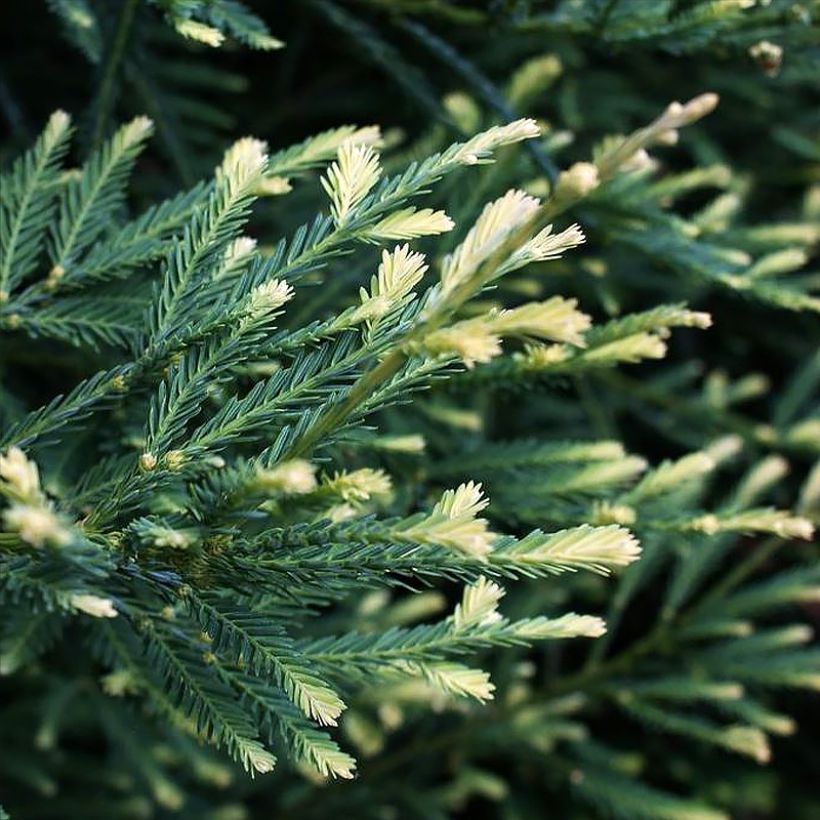

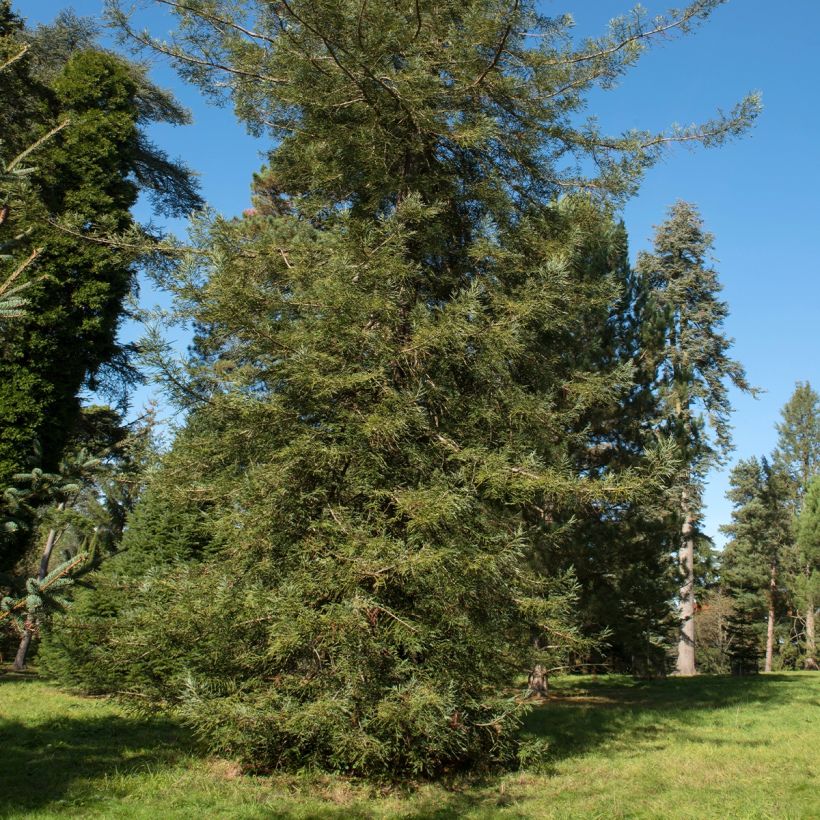

Plant habit
Foliage
Botanical data
Sequoia
sempervirens
Adpressa
Taxodiaceae
Coastal Redwood, California Redwood
Cultivar or hybrid
Other Sequoia
Planting and care
The Adpressed Sequoia sempervirens should be planted from September to November and from February to June in light, well-drained soil, close to neutrality or slightly acidic, relatively fertile, remaining fresh even in summer. While it tolerates clayey soils, it prefers loose, loamy, sandy, and non-calcareous soils. Choose a sunny and well-cleared location, slightly more shaded in hot climates, to provide some protection against heat during its younger years. Soak the roots well before planting. Apply an organic base fertiliser when planting and water generously for the first three years in case of prolonged drought. In April, you can apply special conifer fertiliser every 2 years in poor soil. Hoe the ground in summer. This semi-hardy conifer (up to -12°C (10.4°F)) fears strong frosts, especially during its young years. It also fears compacted, heavy, waterlogged soils in winter, alkaline and too dry soils, even though it tolerates occasional summer drought once well established. Pruning is not necessary.
Planting period
Intended location
Care
This item has not been reviewed yet - be the first to leave a review about it.
Evergreen shrubs
Haven't found what you were looking for?
Hardiness is the lowest winter temperature a plant can endure without suffering serious damage or even dying. However, hardiness is affected by location (a sheltered area, such as a patio), protection (winter cover) and soil type (hardiness is improved by well-drained soil).

Photo Sharing Terms & Conditions
In order to encourage gardeners to interact and share their experiences, Promesse de fleurs offers various media enabling content to be uploaded onto its Site - in particular via the ‘Photo sharing’ module.
The User agrees to refrain from:
- Posting any content that is illegal, prejudicial, insulting, racist, inciteful to hatred, revisionist, contrary to public decency, that infringes on privacy or on the privacy rights of third parties, in particular the publicity rights of persons and goods, intellectual property rights, or the right to privacy.
- Submitting content on behalf of a third party;
- Impersonate the identity of a third party and/or publish any personal information about a third party;
In general, the User undertakes to refrain from any unethical behaviour.
All Content (in particular text, comments, files, images, photos, videos, creative works, etc.), which may be subject to property or intellectual property rights, image or other private rights, shall remain the property of the User, subject to the limited rights granted by the terms of the licence granted by Promesse de fleurs as stated below. Users are at liberty to publish or not to publish such Content on the Site, notably via the ‘Photo Sharing’ facility, and accept that this Content shall be made public and freely accessible, notably on the Internet.
Users further acknowledge, undertake to have ,and guarantee that they hold all necessary rights and permissions to publish such material on the Site, in particular with regard to the legislation in force pertaining to any privacy, property, intellectual property, image, or contractual rights, or rights of any other nature. By publishing such Content on the Site, Users acknowledge accepting full liability as publishers of the Content within the meaning of the law, and grant Promesse de fleurs, free of charge, an inclusive, worldwide licence for the said Content for the entire duration of its publication, including all reproduction, representation, up/downloading, displaying, performing, transmission, and storage rights.
Users also grant permission for their name to be linked to the Content and accept that this link may not always be made available.
By engaging in posting material, Users consent to their Content becoming automatically accessible on the Internet, in particular on other sites and/or blogs and/or web pages of the Promesse de fleurs site, including in particular social pages and the Promesse de fleurs catalogue.
Users may secure the removal of entrusted content free of charge by issuing a simple request via our contact form.
The flowering period indicated on our website applies to countries and regions located in USDA zone 8 (France, the United Kingdom, Ireland, the Netherlands, etc.)
It will vary according to where you live:
- In zones 9 to 10 (Italy, Spain, Greece, etc.), flowering will occur about 2 to 4 weeks earlier.
- In zones 6 to 7 (Germany, Poland, Slovenia, and lower mountainous regions), flowering will be delayed by 2 to 3 weeks.
- In zone 5 (Central Europe, Scandinavia), blooming will be delayed by 3 to 5 weeks.
In temperate climates, pruning of spring-flowering shrubs (forsythia, spireas, etc.) should be done just after flowering.
Pruning of summer-flowering shrubs (Indian Lilac, Perovskia, etc.) can be done in winter or spring.
In cold regions as well as with frost-sensitive plants, avoid pruning too early when severe frosts may still occur.
The planting period indicated on our website applies to countries and regions located in USDA zone 8 (France, United Kingdom, Ireland, Netherlands).
It will vary according to where you live:
- In Mediterranean zones (Marseille, Madrid, Milan, etc.), autumn and winter are the best planting periods.
- In continental zones (Strasbourg, Munich, Vienna, etc.), delay planting by 2 to 3 weeks in spring and bring it forward by 2 to 4 weeks in autumn.
- In mountainous regions (the Alps, Pyrenees, Carpathians, etc.), it is best to plant in late spring (May-June) or late summer (August-September).
The harvesting period indicated on our website applies to countries and regions in USDA zone 8 (France, England, Ireland, the Netherlands).
In colder areas (Scandinavia, Poland, Austria...) fruit and vegetable harvests are likely to be delayed by 3-4 weeks.
In warmer areas (Italy, Spain, Greece, etc.), harvesting will probably take place earlier, depending on weather conditions.
The sowing periods indicated on our website apply to countries and regions within USDA Zone 8 (France, UK, Ireland, Netherlands).
In colder areas (Scandinavia, Poland, Austria...), delay any outdoor sowing by 3-4 weeks, or sow under glass.
In warmer climes (Italy, Spain, Greece, etc.), bring outdoor sowing forward by a few weeks.


































